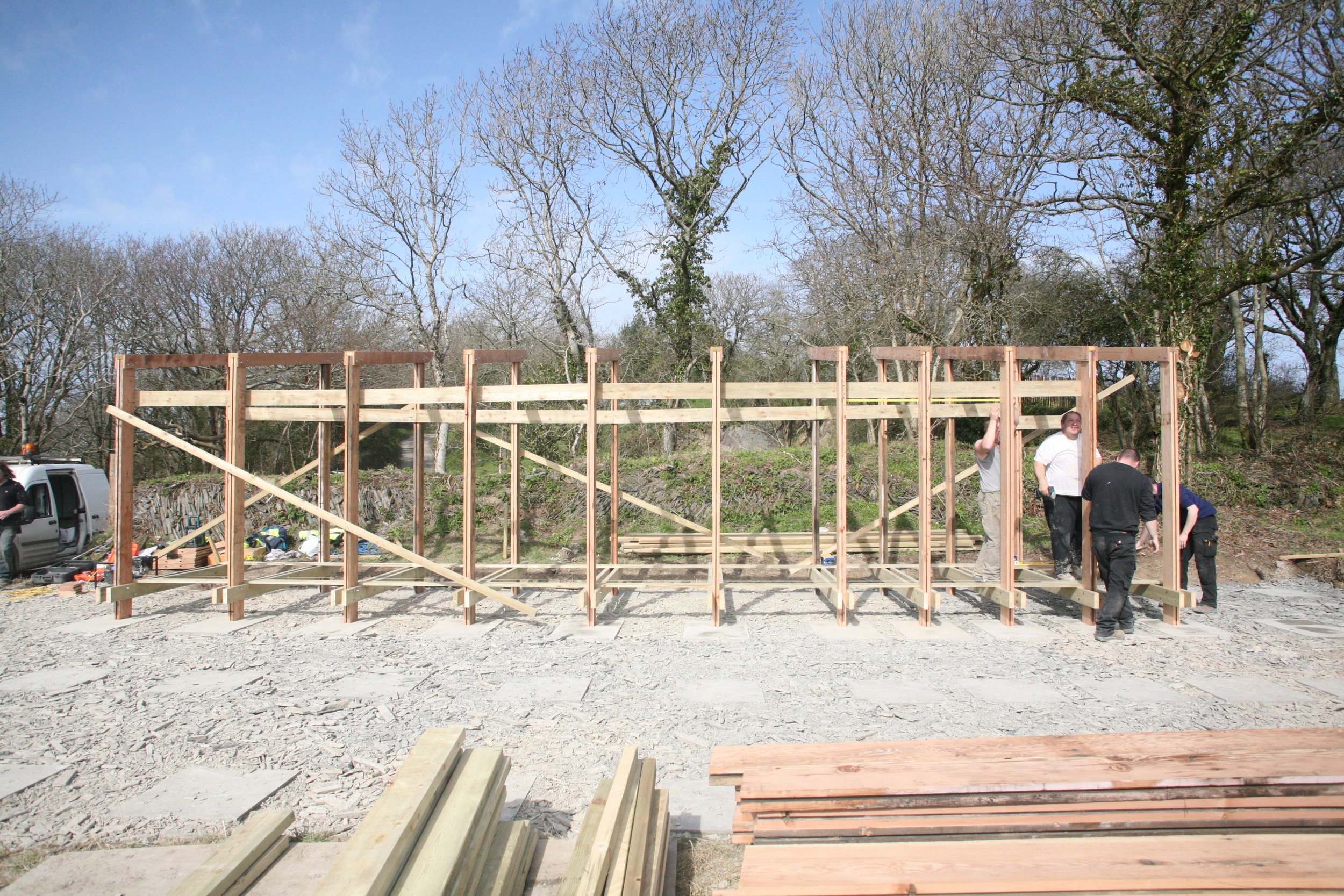'I think a really wholesome escape, if I may use that term - an escape to run from the crowded city lot to a place where one could plant a garden, raise chickens, pigs and the like - might perhaps add to the national wealth as well as our own good.' - Conrad E. Meinecke
Cabincraft and Outdoor Living is written for the man who has but 2 weeks vacation a year and takes his family with him, or, for the man who has a place in the country and wants to know how to do many things around the place himself. It teaches you how to build a log cabin, with diagrams featuring a bush-craft kit – and using axes, knives, rope and felled trees; how to furnish and beautify your cabin, with tips on cooking, bird listening and lighting fires and stoves. You will learn how to cook the most succulent outdoor dishes you ever dreamed about eating, you will learn how to design and make furniture, how to find water, how to make candles, how to take advantage of the signs that nature posts everywhere for your better living. It is just filled with everything you need to know about the good life in the great outdoors. It’s a poetic celebration of life lived outdoors.















